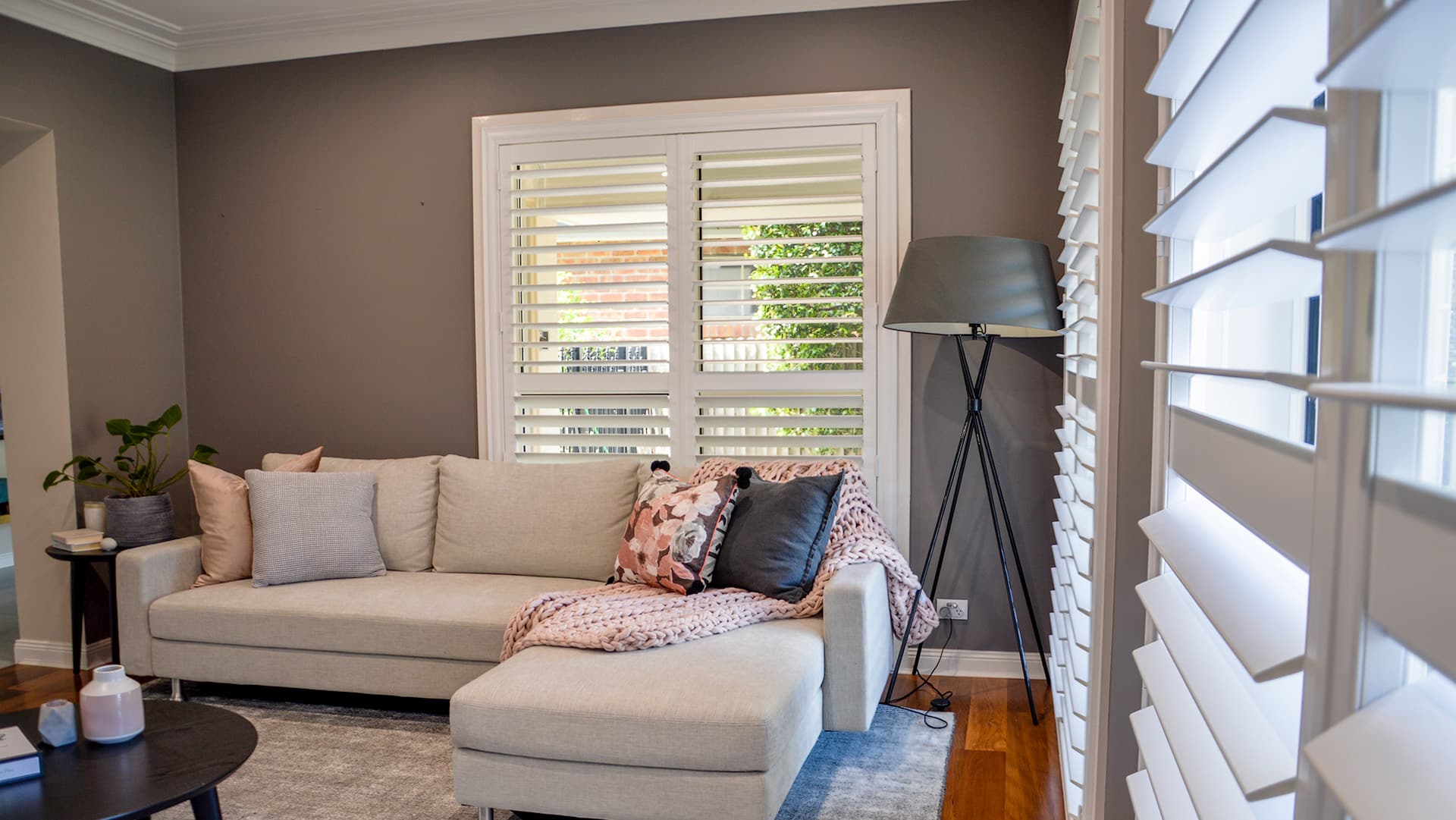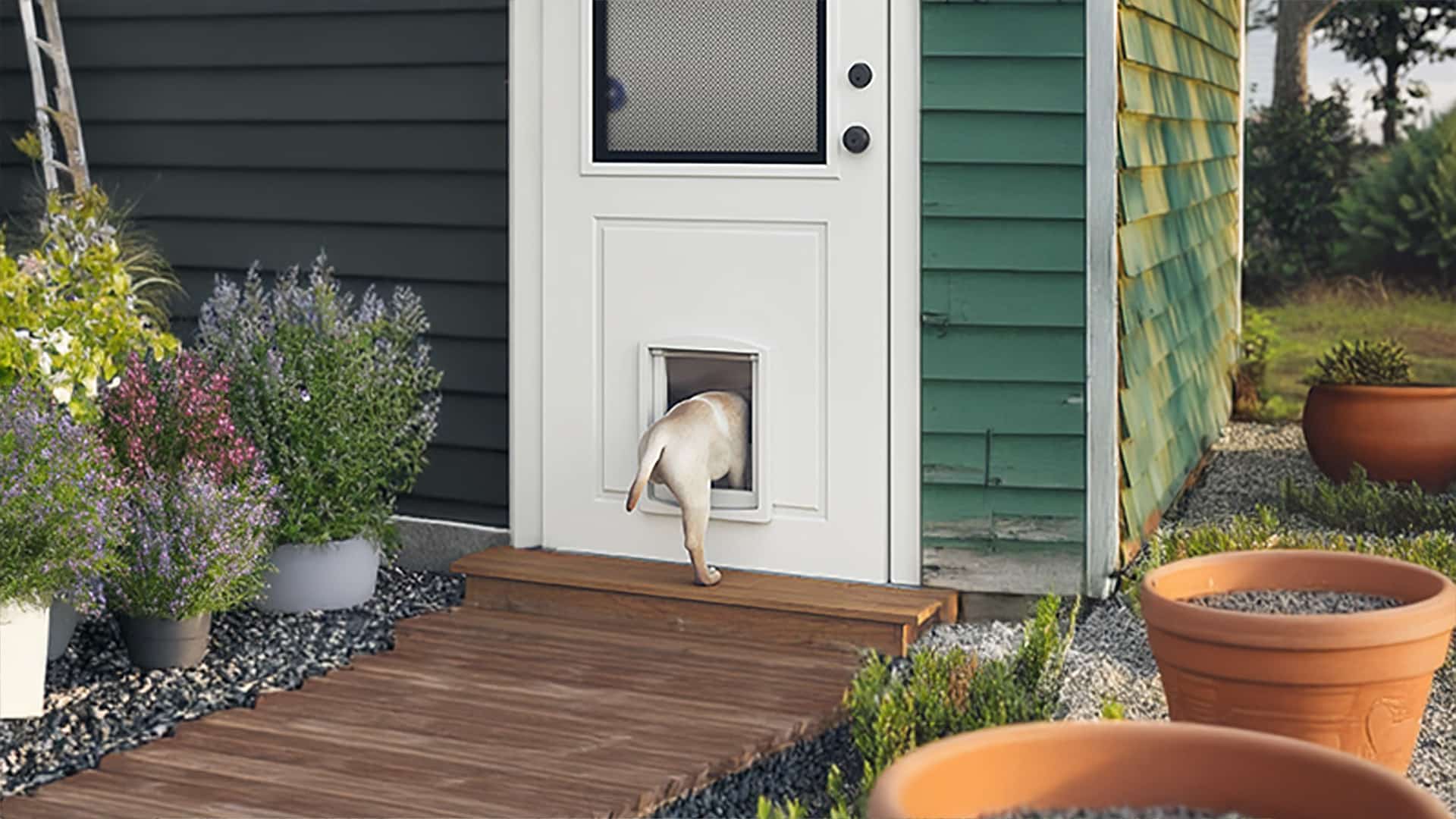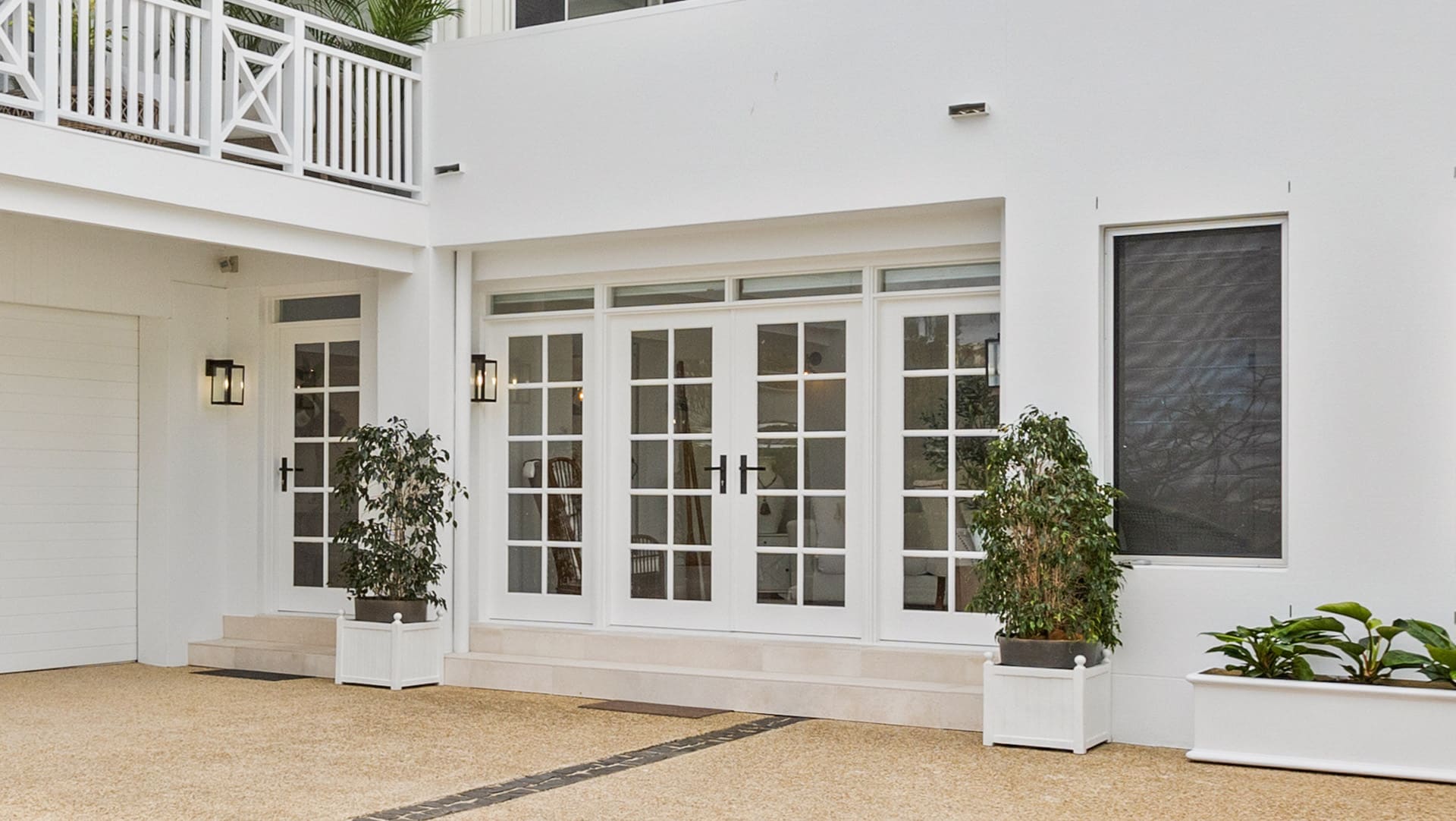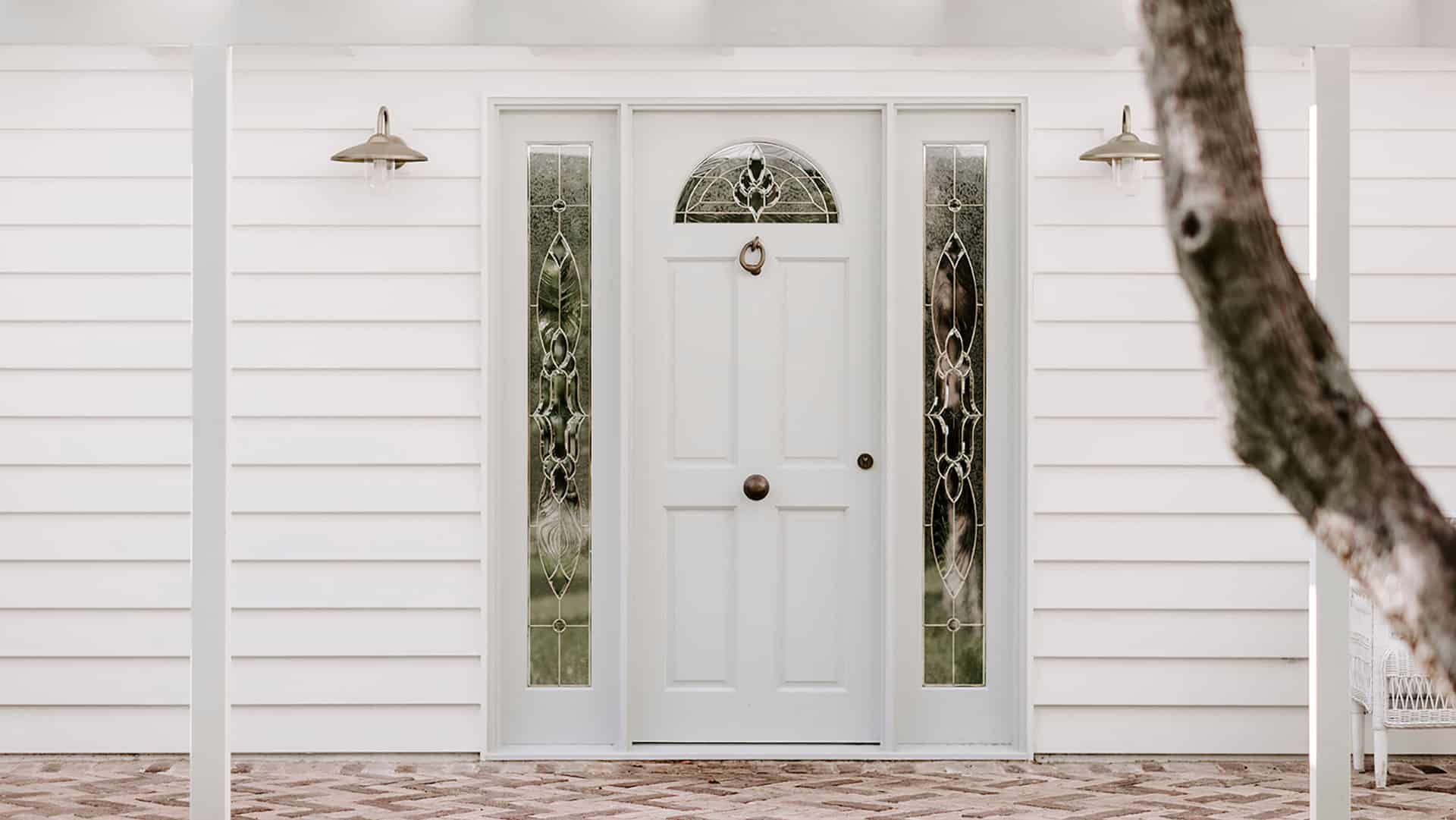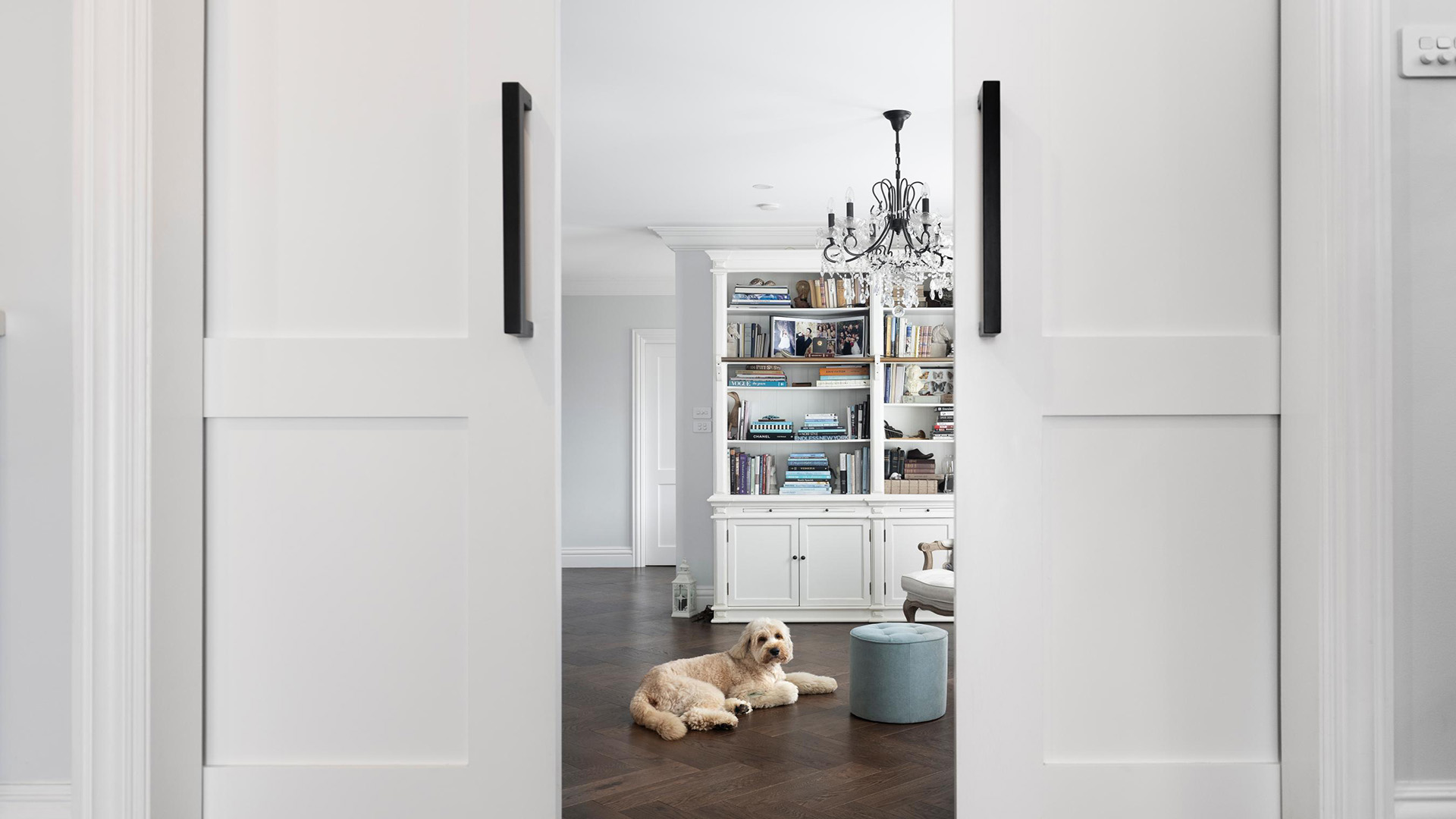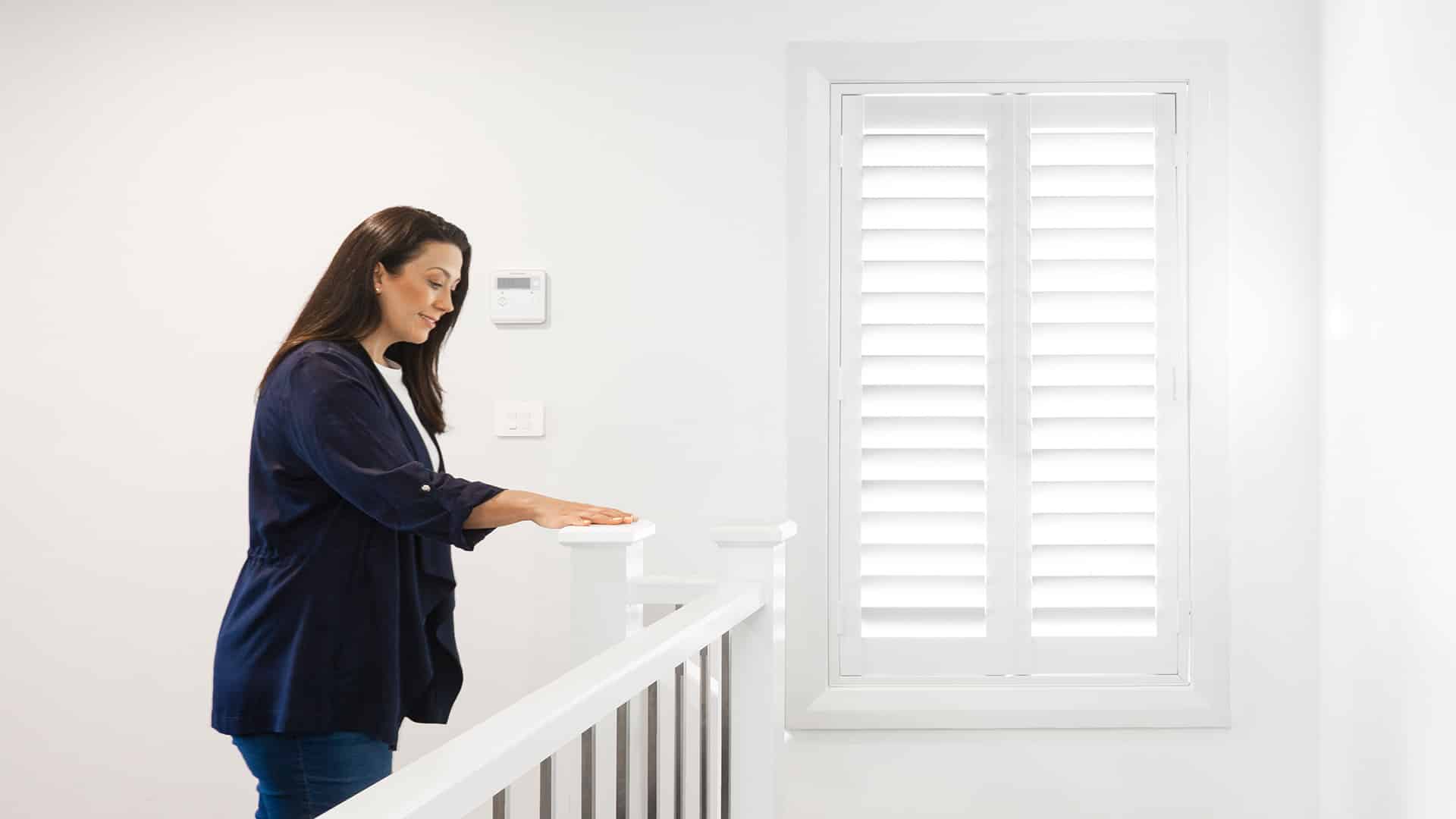Choosing the Right Wood Door Size for Your Home
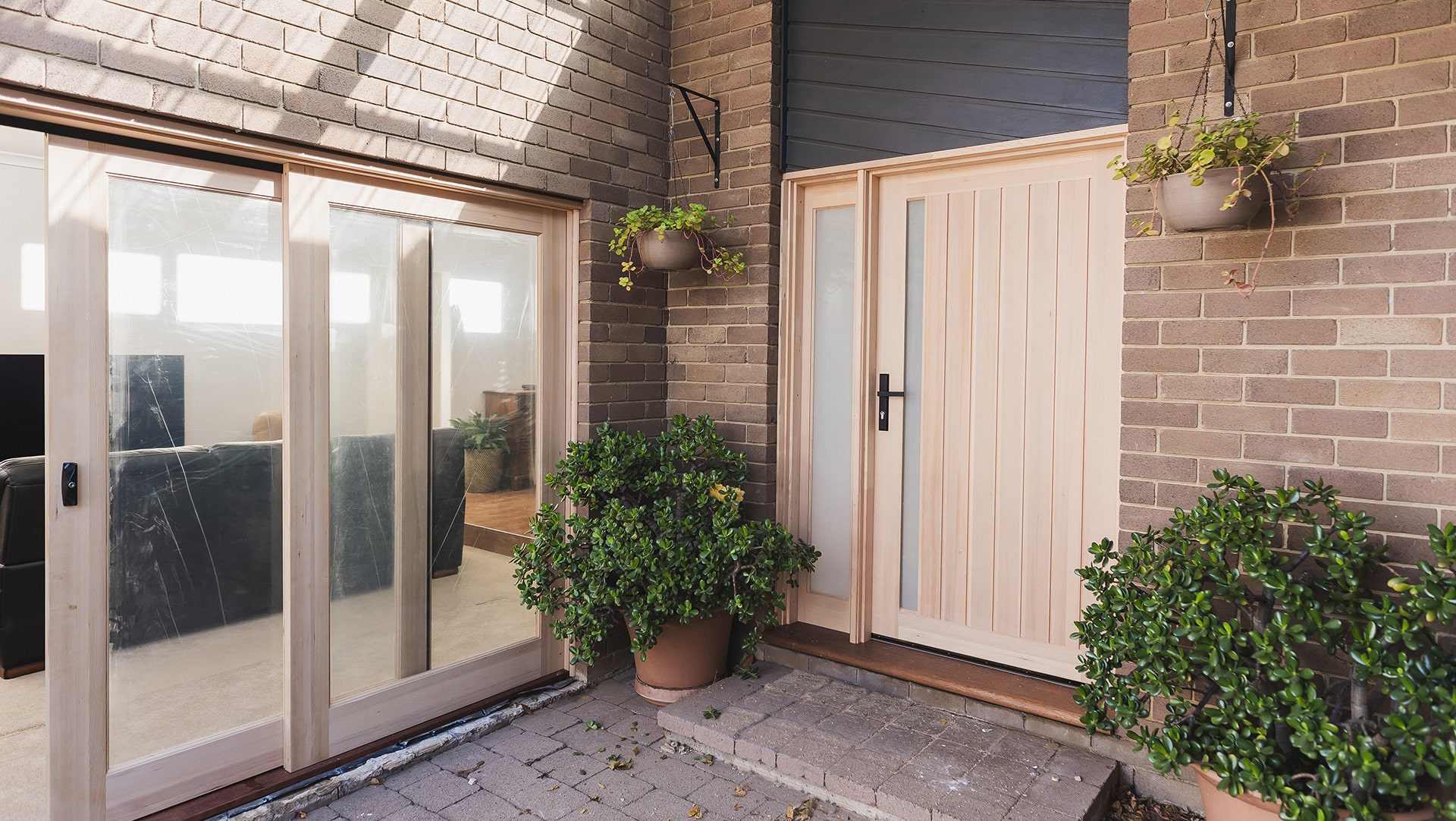
While renovating your home, you excitedly order a stylish new wood door, only to find out it doesn’t fit because your measurements were incorrect.
A measuring mistake not only wastes time but also adds extra costs.
You can easily avoid this headache by understanding the difference between standard and custom door sizes.
This guide will help you understand your options to find the ideal wood door size for your space!
Standard Wood Door Sizes
Standard door sizes can simplify the selection process for homeowners and builders when selecting doors for your home.
Standard dimensions are readily available, making finding the right fit for your space a breeze.
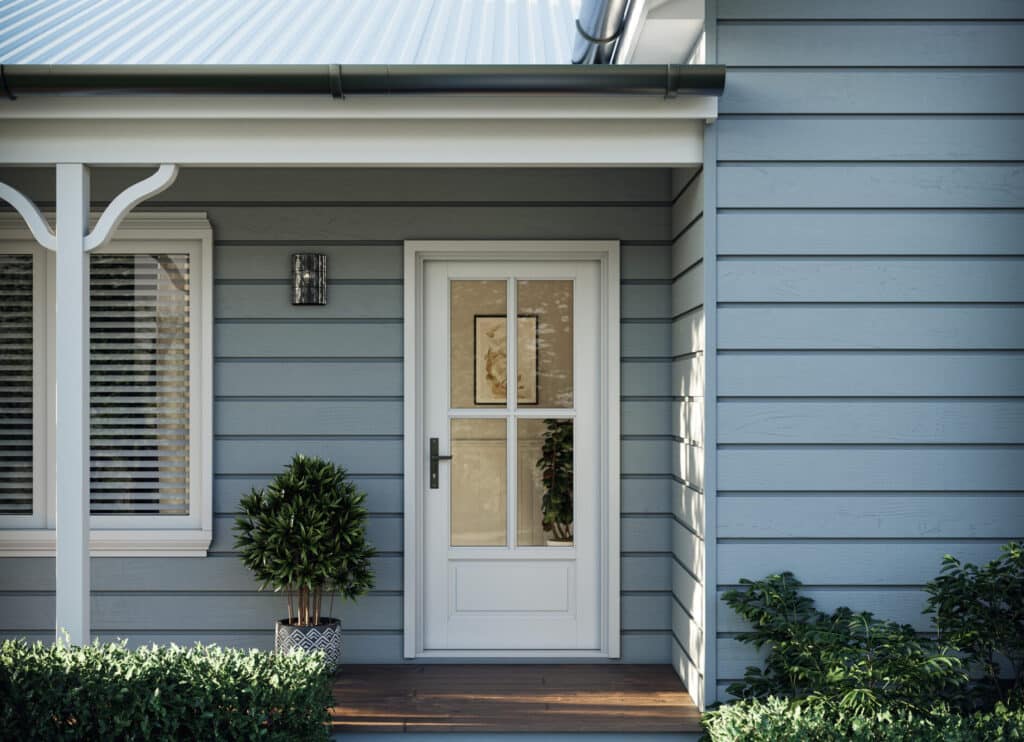
The typical size for interior doors is 2040 mm in height and 820 mm in width.
However, widths can range from 620 mm to 1200 mm to accommodate various room types and personal preferences.
Typically taller and wider, exterior doors commonly measure 2040 mm in height and 920 mm in width, providing a grander entrance.
Specialty door types
When considering specialty door types, the dimensions can vary greatly:
• French Doors: Typically have a standard height of 2040 mm and come in various widths, with each panel usually ranging from 620 mm to 1200 mm wide.
• Sliding Doors: Commonly used for patios or closets, sliding doors may start at 1500 mm in width and extend beyond 3000 mm for larger openings.
Benefits of standard wood door sizes
Choosing standard door sizes offers numerous advantages:
• Easier replacement: Finding a replacement door is much simpler when you stick to standard sizes.
• Lower cost: Standard doors are often more affordable than custom options.
• Simple installation: These dimensions ensure that doors fit common frame sizes, making installation straightforward and reducing the need for custom adjustments.
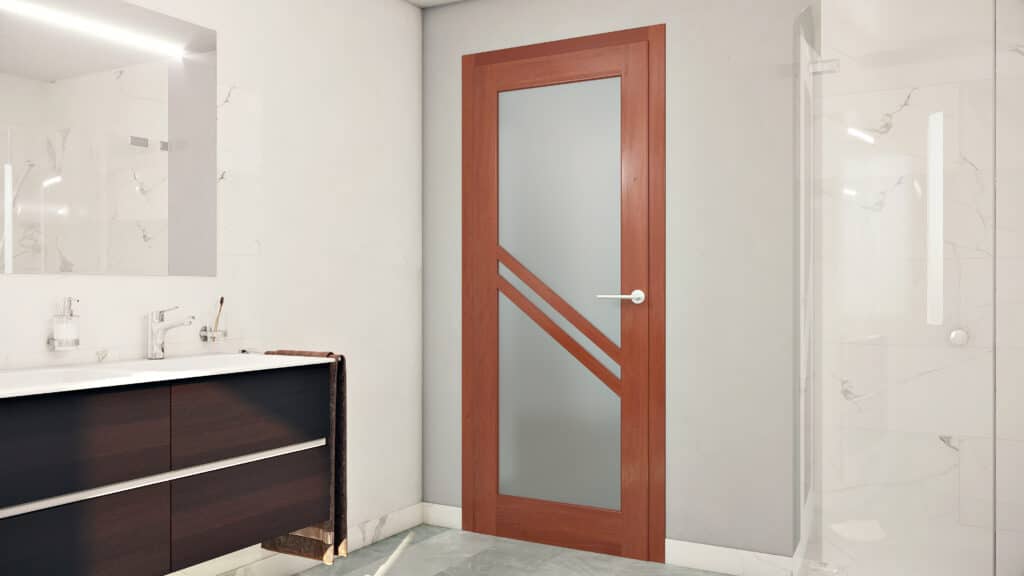
Custom Wood Door Sizes
Opting for custom wood door sizes may be necessary when standard dimensions do not meet your specific needs.
This is often the case for:
• Older homes with non-standard doorways
• Modern architectural designs featuring unique entryways or interior passageways
Customised wood doors are also an excellent choice for:
• Creating a distinctive look
• Spaces that require specific functional requirements, such as extra height for accessibility or additional width for a grandeur look
When ordering custom wood doors, follow these key steps for a perfect fit and look:
• Precise measurements: Accurate measurements of the doorway are crucial. It’s advisable to consult with a professional to avoid inaccuracies that could lead to fitting issues.
• Selection of materials: After measurements are noted, select the type of wood, finish, and design details like panels, glazing, and hardware.
• Work with professionals: Collaborate with a reputable supplier or carpenter to discuss your exact needs and receive a comprehensive quote and timeline for the project.
Keep in mind that custom wood doors tend to cost more than standard sizes because they’re specially made just for you.
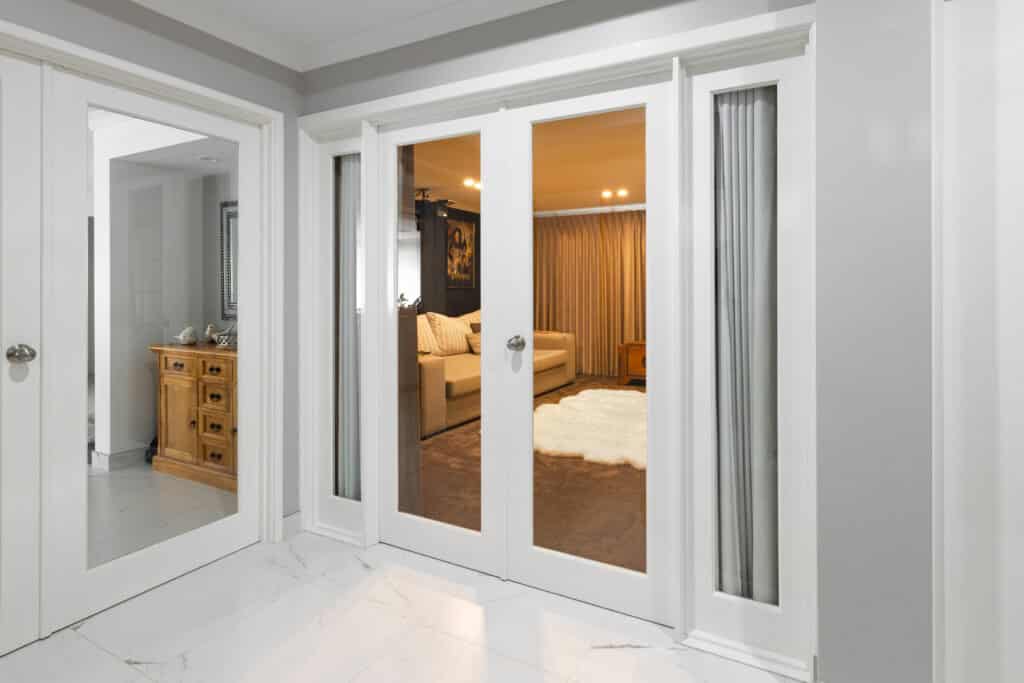
Factors contributing to the increased cost include:
• Specialised labour
• Higher material costs
• Potentially longer lead times
While custom doors may require a higher initial outlay, they can add significant value and personalisation to your home.
Measuring for Wood Doors
Follow this step-by-step guide to measure for your new wooden door accurately:
1. Height measurement:
o Measure the height of the doorway from the floor to the top of the frame. Ensure to measure in multiple points (left, centre, right) to account for any variations.
o Record the smallest measurement so the door will fit in all areas.
2. Width measurement:
o Measure the width of the doorway from one side of the frame to the other. Again, measure at multiple points (top, middle, bottom) to check for any irregularities.
o Use the smallest width measurement to guarantee a proper fit.
3. Thickness measurement:
o Measure the thickness of the existing door or the doorframe.
o Standard thicknesses range, but custom doors can be made to any specification required.
Common mistakes to avoid:
• Not measuring multiple points: Failing to measure at several points can result in inaccuracies due to doorframe irregularities.
• Recording the largest measurement: Always note the smallest measurement to ensure the door will fit in the narrowest part of the frame.
• Ignoring door swing: Consider the door’s swing direction and leave enough clearance for it to open and close without obstruction.
• Overlooking floor variance: If installing over a new flooring type, account for the floor thickness in your measurements.
By following this guide and paying attention to these common mistakes, you can ensure that your custom wood door will fit perfectly and add both functionality and beauty to your space.
Factors to Consider When Choosing Door Sizes
Functionality and aesthetics:
Consider the room’s purpose and style.
Wider doors are ideal for spaces needing easy access, like living rooms and dining areas, while narrower doors can create a cosy feel in smaller rooms or closets.
Make sure the door’s design complements the room’s decor.
Door swing and clearance:
It’s important to think about the door swing and clearance for smooth operation.
Allow enough space for the door to fully open without hitting furniture, walls, or other obstacles.
Having the right clearance prevents damage and ensures that everything functions smoothly and efficiently.
Building codes and regulations:
Following building codes is a must when selecting door sizes.
These guidelines define minimum and maximum dimensions to ensure safety and accessibility.
Always check local regulations, especially for entry doors and fire exits, to ensure compliance and avoid legal issues.
FAQs About Wood Door Sizes
What Are Standard Door Sizes in Australia?
In Australia, the standard door sizes for internal doors typically range from 2040mm in height and 820mm in width.
Exterior doors are generally a bit larger, with common dimensions being 2040mm in height and 870mm to 920mm in width.
These dimensions can vary based on specific architectural requirements and building standards.
Can Wood Doors Be Customised to Any Size?
Yes, wood doors can be customised to almost any size to meet specific architectural needs or personal tastes.
Custom wood door manufacturers can change both the height and width to ensure a perfect fit, accommodating unusual openings or adding a unique design element to your home.
What Is the Difference Between Exterior and Interior Door Sizes?
Exterior doors are generally larger and thicker for enhanced security and weather insulation.
They typically measure around 820mm wide and 2040mm tall.
Interior doors are usually smaller and thinner, averaging about 720mm wide and 2040mm tall, designed for various rooms within a building.
Find Your Perfect Fit: Wood Door Sizes Made Easy
Choosing the right wood door sizes is crucial for aesthetics, safety, and accessibility.
Standard door sizes differ slightly between interior and exterior doors, with exterior ones typically being larger.
If you have a unique vision in mind, custom wood doors are a fantastic option, allowing you to create the perfect fit for your design and architectural needs.
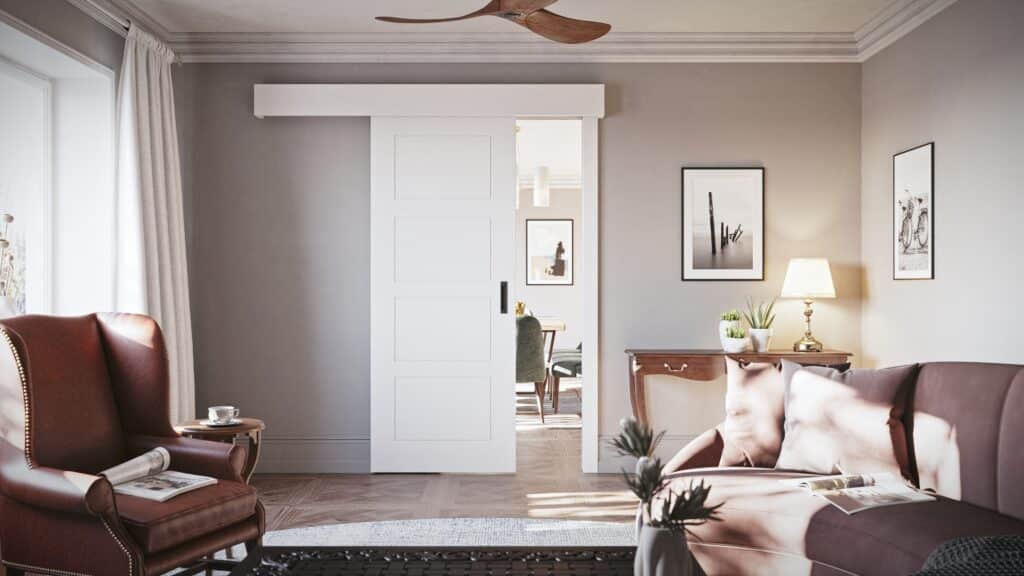
We invite you to reach out to Doors Plus for a free measure and quote.
Our skilled professionals are here to offer personalised advice and solutions tailored specifically to your home.
Don’t hesitate—visit one of our showrooms today for expert guidance on choosing the ideal door sizes for your home!

